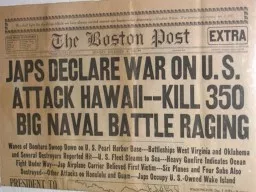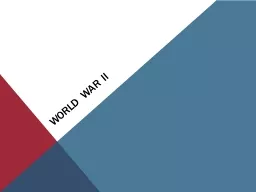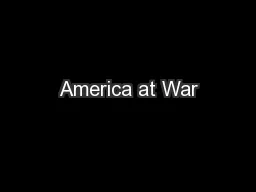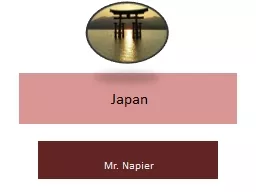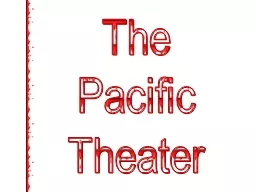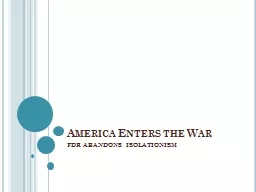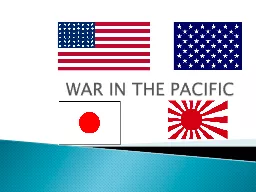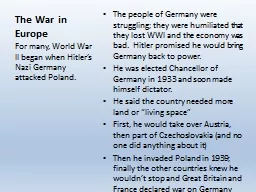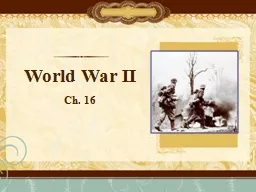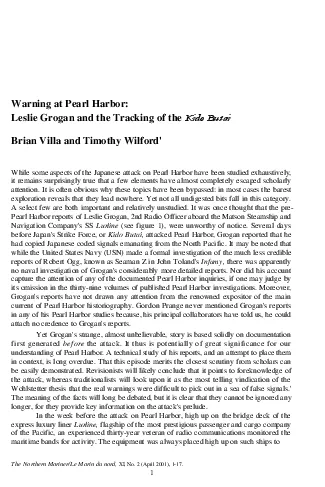PPT-War in the Pacific Pearl Harbor
Author : phoebe-click | Published Date : 2019-12-20
War in the Pacific Pearl Harbor Philippines General Douglas MacArthur Surrender Bataan Death March Chester Nimitz Battle of Midway Fall back Kamikaze Harry Truman
Presentation Embed Code
Download Presentation
Download Presentation The PPT/PDF document "War in the Pacific Pearl Harbor" is the property of its rightful owner. Permission is granted to download and print the materials on this website for personal, non-commercial use only, and to display it on your personal computer provided you do not modify the materials and that you retain all copyright notices contained in the materials. By downloading content from our website, you accept the terms of this agreement.
War in the Pacific Pearl Harbor: Transcript
Download Rules Of Document
"War in the Pacific Pearl Harbor"The content belongs to its owner. You may download and print it for personal use, without modification, and keep all copyright notices. By downloading, you agree to these terms.
Related Documents

